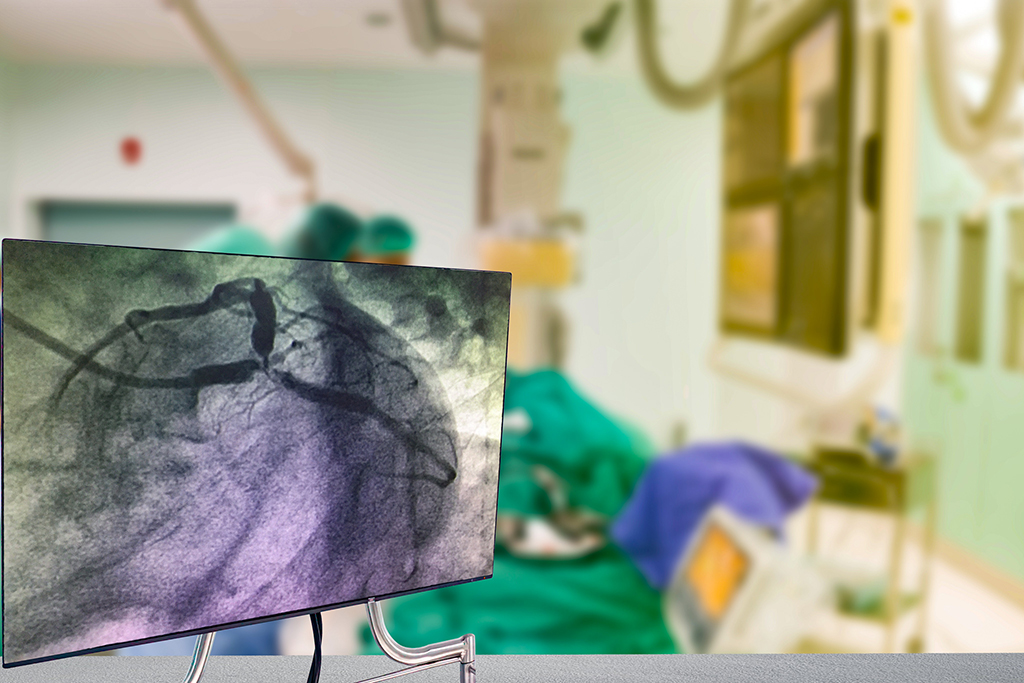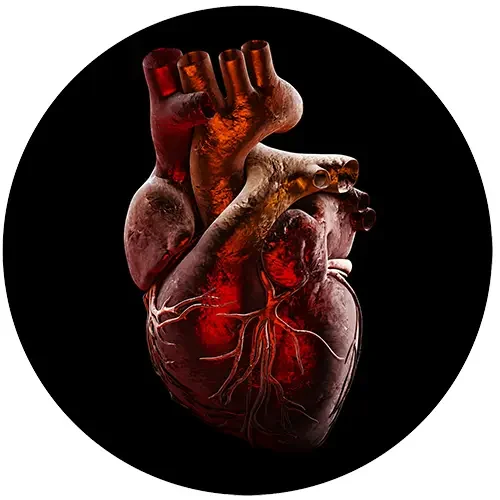Catheterization is invasive, but it allows for direct measurement and visualization of many features of the heart and its function. It can be done to diagnose heart problems or as a part of a procedure to treat an already known condition. During a catheterization, your doctor can identify narrowing or blockages in your vessels that are causing chest pain. They can diagnose congenital heart defects and locate heart valve problems. They can measure pressures inside your heart, and take a sample of tissue. Some treatments can be done with a catheter instead of surgery. You will usually be awake during this procedure, but you will be given medication to numb the pain and to help you relax.
Catheterizations are often done for patients with breathlessness, if they don't respond to drug therapy. They are done if there are indications (such as from a thallium stress test) of coronary artery disease. If you are having a myectomy or other heart surgery, you should have a catheterization. Catheterization is also used to evaluate for transplant. It is not necessary that all HCM patients undergo this test.
Your doctor will give you instructions, which normally include not eating or drinking anything for at least 6 hours before the test. An empty stomach makes the procedure much safer. They will tell you if you should take your medications before the procedure. Bring all your medications and supplements with you, in the original bottles if possible. Be sure to talk with your doctor ahead of time about blood thinners and diabetes drugs.
Before the procedure, your heart rate and blood pressure will be checked. You will also be asked to empty your bladder and remove dentures and jewelry. During the procedure, you will be awake but sedated. Some procedures performed during a catheterization, including ablations and valve repairs, require anesthesia. An IV line will be inserted into your arm to give you additional medications if needed during the procedure. EKG electrodes will also be attached to your chest to monitor your heartbeat. A technician may shave hair from where the site where the catheter will be inserted. A local anesthetic will be given to numb the insertion area. You may feel a quick sting before the numbness sets in. After you feel numb, a small cut is made to access a blood vessel, a plastic sheath is inserted, and the catheter will be threaded in. Pressures inside the heart are measured and an x-ray of the heart is taken (angiography) to look for mitral regurgitation and overall function.
After the procedure the plastic sheath is removed and pressure will be applied to the insertion site. You will spend a few hours in the recovery room until the effects of the anesthesia wear off. After you leave the recovery room, you will go to a regular outpatient room. You may be able to leave on the same day, or might be kept longer if you have additional procedures or have bleeding from the insertion site.










